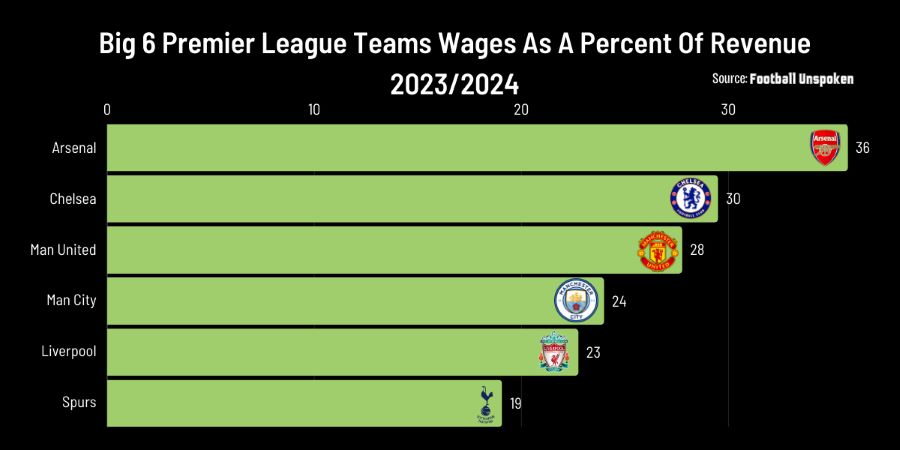Premier League Revenue Breakdown

Dubbed "the season of asterisks," the current Premier League campaign has been rife with discussions not only about on-field performances but also about off-field financial matters, such as charges and points deductions. For football enthusiasts, understanding the complexities of football finances has become imperative.
Recent events involving Everton and Nottingham Forest's rule breaches off the pitch are poised to impact the relegation battle on the field. Additionally, clubs like Wolves, Aston Villa, and Leicester have made headlines with staggering financial losses in recent weeks.
To shed light on the financial landscape of the Premier League, sources collaborated with football finance expert Kieran Maguire, leveraging his extensive database of club accounts up to 2023. Their joint effort aims to dissect the overall financial scenario through 11 comprehensive charts.
Maguire emphasizes the remarkable growth of Premier League revenues since its inception in 1992, far outpacing the inflation rate. Revenue streams for clubs primarily stem from matchday earnings, broadcast rights, and commercial partnerships. Notably, the disparity between clubs like Newcastle and the traditional "big six" showcases the influence of European football, higher merit payments, and stadium capacities.
Wages emerge as the most significant day-to-day expense for clubs, with a direct correlation between wage expenditure and final league standings. Leicester's relegation despite boasting the seventh-highest wage bill in 2023 highlights the inherent risks associated with wage management.
The discussion extends to UEFA's Financial Fair Play (FFP) regulations, which impose restrictions on clubs' spending based on their income. The Premier League may adopt a similar approach in the future. Notably, clubs like Leicester, Everton, and Forest lead in wages as a percentage of income, underlining their struggles with Profit and Sustainability (PSR) charges.
The concept of amortisation, popularized by Chelsea's strategy of signing young players on long-term contracts, is explored. This accounting practice spreads the cost of transfers over the duration of player contracts, impacting clubs' PSR accounts.
Despite clubs often declaring profits before tax, the underlying financial realities reveal a different story. Only a handful, like Brentford, manage to eke out profits from day-to-day operations, with most clubs heavily reliant on player sales or owner injections to cover losses.
Brighton's record profits in 2022-23, excluding significant player sales, highlight the challenges of achieving financial success in the Premier League. Total squad costs further underscore the dominance of the 'big six,' with staggering investments exceeding £9 billion in transfer fees alone.
The discussion culminates with an examination of total debt levels across Premier League clubs, standing at approximately £3.6 billion. Amidst soaring expenses and significant borrowing for infrastructure projects, football's financial landscape remains complex and multifaceted.
In conclusion, the article underscores the importance of financial literacy in modern football fandom, offering insights into the economic intricacies shaping the sport's future.














_thumb.jpeg)





